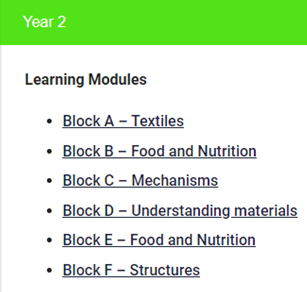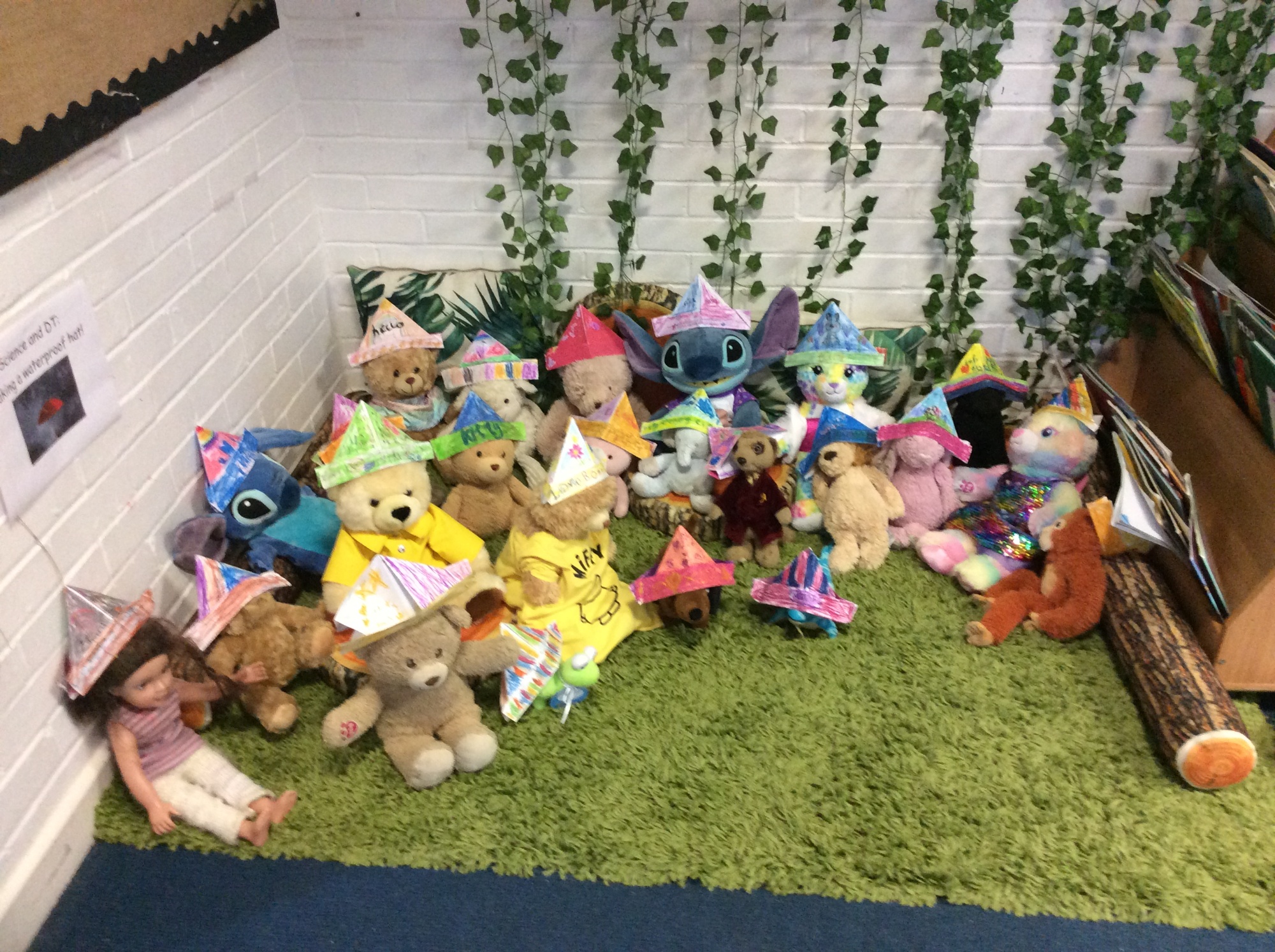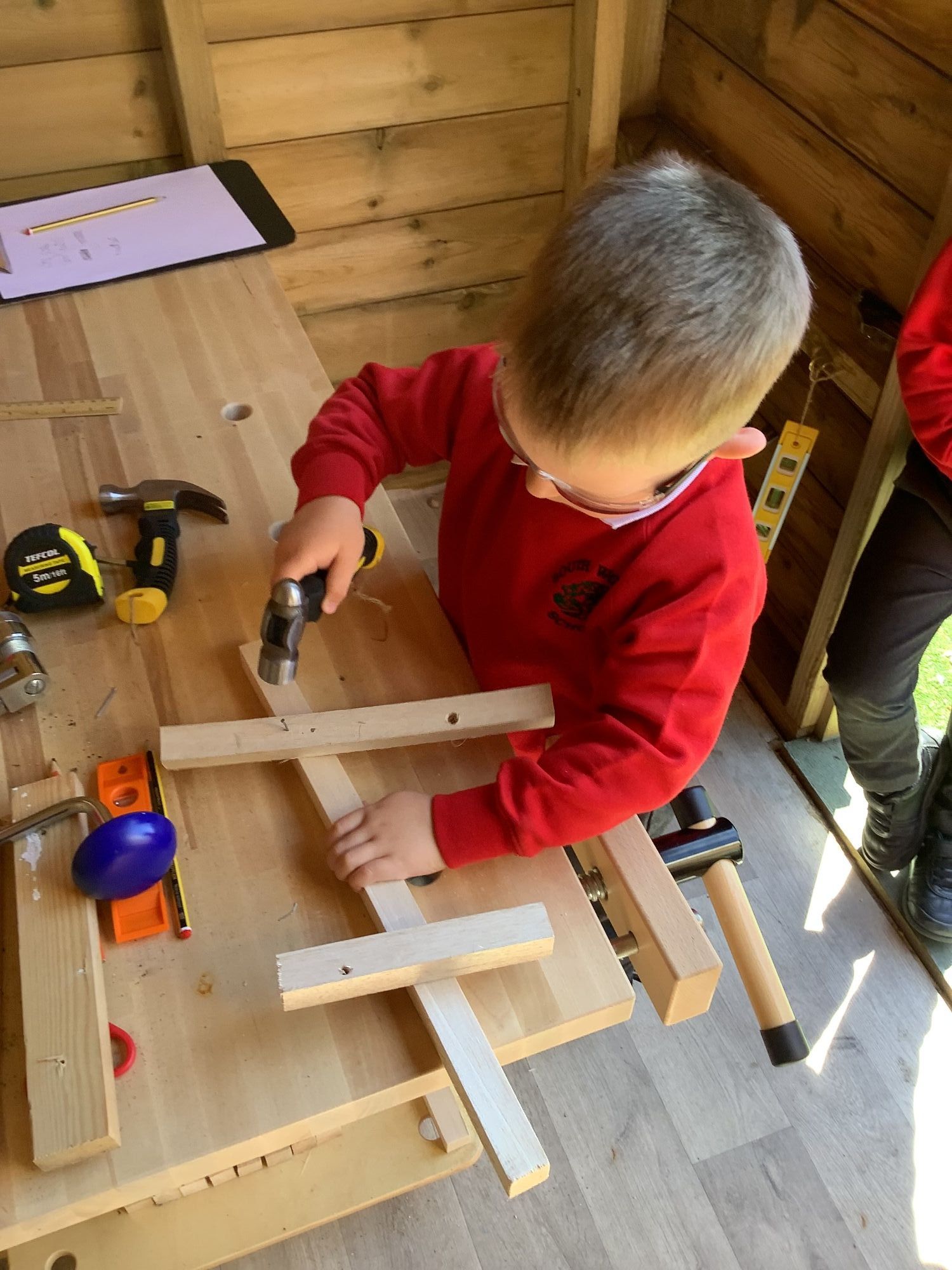DT
What does Design and Technology look like at South Wonston?
Intent
It is the intent of South Wonston Primary Schools Design Technology curriculum that pupils use their imagination and natural curiosity to think creatively and solve problems both as individuals, and as members of a team. Children are inspired, engaged and excited through carrying out research, design and make tasks.
In order for our children to reach their full potential we will ensure that they acquire subject knowledge; and draw on existing knowledge from mathematics, science, computing and art. This will enable them to unlock their potential, making products that solve problems within a variety of contexts which consider their own and others’ needs, wants and values.
We want our children to love Design and Technology and understand the opportunities that this exciting lesson can provide, leading to the development of budding designers, carpenters, architects, engineers and more. We aspire for the children to have no limits to their ambitions.
Implementation
Our Design and Technology curriculum is purposely built around the principles of evidence-led practice. This is to ensure that pupils are equipped to successfully think, work and communicate like a designer. Unapologetically ambitious, our curriculum focuses on excellence in this subject through a range of disciplines and by referencing outstanding practitioners in this field. The intention is that the teacher instruction inspires pupils to acquire knowledge as designers and technologists and enables them to skilfully apply their understanding.
The Design and Technology curriculum is organised into blocks with each block covering a particular set of disciplines, including food and nutrition, mechanisms, structures, systems, electrical systems, understanding materials and textiles. For example:



Vertical progression in each discipline has been deliberately woven into the fabric of the curriculum so that pupils revisit key disciplines throughout their Primary journey at increasing degrees of challenge and complexity. In addition to the core knowledge required to be successful within each discipline, the curriculum outlines key aspects of development in the Working as a Designer section. Each module will focus on promoting different aspects of these competencies. This will support teachers in understanding pupils’ progress as designers more broadly, as well as how successfully they are acquiring the taught knowledge and skills.

Central to the learning modules are activities designed to develop pupils’ oracy and vocabulary skills to enable them to use the language associated with design and technology meaningfully when talking about their work and the work of others. An overview of the core content provides information about the skills covered across the term in each year group. This allows us to see the progression of skills included within each aspect of design and technology.
All teachers provide inclusive, quality first teaching in Design & Technology by planning and delivering engaging and effective lessons for their class. In South Wonston School, we follow the National Curriculum and primarily use the CUSP Scheme of Work as a guide to support teachers with their planning and assessment. We have mixed-age classes and implement a two-year rolling program to ensure National Curriculum coverage, whereas skills are built upon each academic year.

Every child has equal opportunity to learn the rich vocabulary, knowledge and skills in a clear progressive manner. Pupils are explicitly taught the vocabulary, knowledge and skills required. They are then supported and challenged to learn, use and deepen their understanding accordingly. This knowledge is included in a knowledge organiser and taught using knowledge notes.
Assessment of pupils:
The assessment of pupils is formative and is based on pupil outcomes and questioning from each lesson. The following are used to assess pupils’ knowledge and application of skills and techniques as well as their understanding and use of relevant vocabulary.
• Expectations for each block are made explicit at the beginning, e.g. At the end of this block pupils will know how to waterproof cotton fabric and which fabrics are both functional and hardwearing.
• The expected outcomes ae specified for each lesson.
• The Questions for assessment in each block provide specific questions to be used with pupils to elicit their level of understanding of tools, techniques and effects, e.g. How have the properties of the cotton changed? Is the cotton now more or less functional?
• The Oracy and Vocabulary tasks provide ample opportunities for teachers to evaluate pupils’ ability to: - use the language of design and technology effectively; - explain techniques, skills and processes; - evaluate their own and others’ work.
• A vocabulary quiz provides an opportunity for teachers to assess pupils’ deeper understanding and application of the technical vocabulary covered in the block.
• Exemplifications demonstrate the expected standard against which teachers can assess pupils’ work. The best form of assessment in design and technology is at the point of delivery, while pupils are working. This helps us to understand pupils’ development as designers, rather than their ability to produce a prescribed end outcome. By encouraging pupils to articulate their thinking and reflections, we can understand which aspects of design and technology may require additional teaching and reshape teaching to support this.
Reasonable adjustments for pupils with SEND:
As part of the planning and preparation for the delivery of each block, teachers consider how specific activities, or the delivery, may need to be adjusted to ensure that pupils with SEND are able to access the materials and participate fully in the lesson. Pupils with language and communication difficulties (including those with ASD) may need additional visual prompts to help them understand what is expected of them. The task is broken down into smaller, more manageable chunks and individual task boards used to demonstrate these. Some pupils may have sensory sensitivities. For those pupils, adjustments are made in order for them to access materials. Pupils who have difficulties with tasks requiring fine motor skills have appropriate adjustments made to enable them to access the task and / or in order to keep them safe.
Health and safety:
The blocks highlight key tools, techniques and tasks for which potential risks need to be carefully managed. We implement and follow our own risk assessment guidelines and policies when delivering CUSP Design and Technology. Regarding food and nutrition, the Design and Technology subject leader has a certificate in food hygiene which has been disseminated to the other teachers to ensure awareness and understanding in every classroom.
Impact
Design & Technology is widely enjoyed across South Wonston school. The three week blocks allow for a broken down approach which really deepens the children’s understanding of new skills with plenty of time to practise and consolidate their learning. Leaders and staff work collaboratively to monitor and evaluate the impact of the design & technology curriculum using a variety of strategies, including:
- Pupil Study
- Learning Walks
- Pupil Voice
- Seeking views of other stakeholders: parents, carers, staff, governors and the wider community
This will show that by the end of each key stage, children know, apply and understand the substantive knowledge and skills specified in the Design & Technology National Curriculum programme of study and are ready to move on to their next stage of learning in Secondary School.
Ongoing assessments take place throughout the lesson’s and teachers use this information to inform future lessons; ensuring children are supported and challenged appropriately. Children in Early Foundation Stage are assessed and their progress is tracked and monitored through the use of Tapestry.



